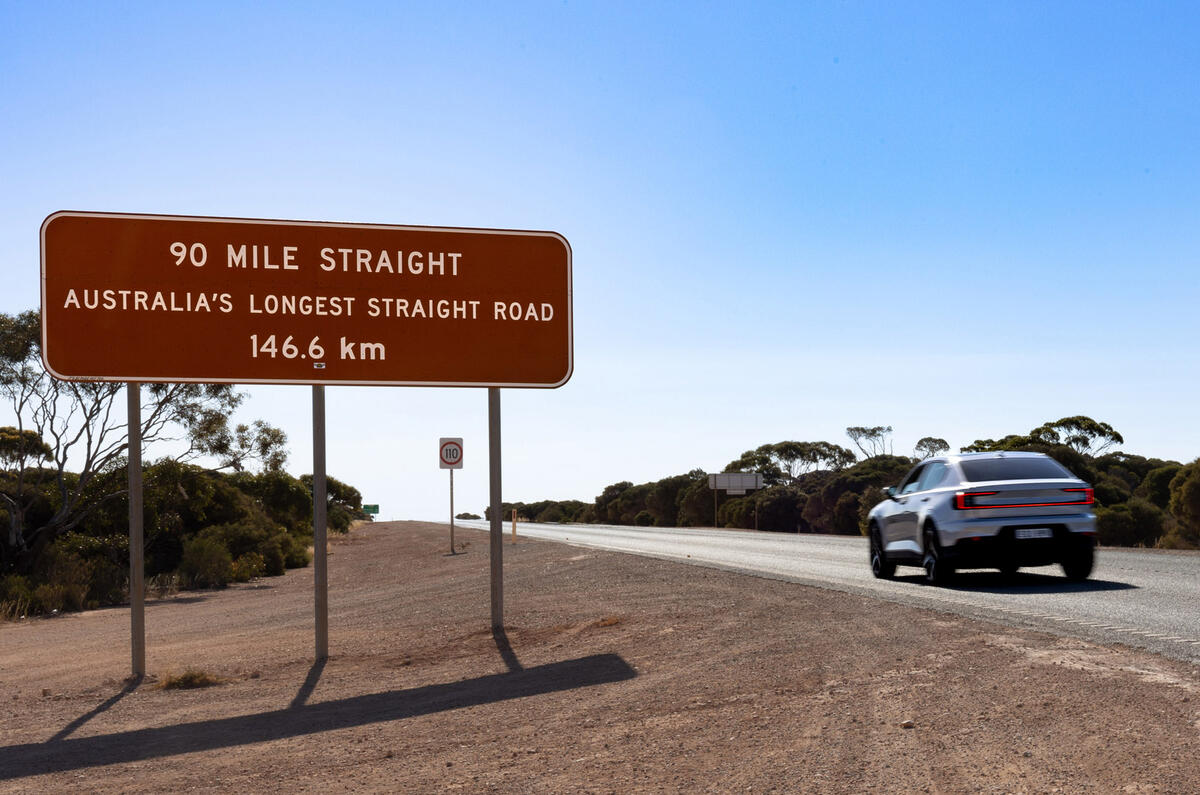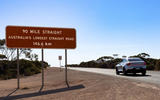Two and a half months: that’s the average wait time between seeing one electric vehicle and the next passing by the remote roadhouse of Caiguna, in the midst of the Nullarbor Plain between South and Western Australia.
The definition of remote? Caiguna is a 500-mile round trip from the nearest town, and when Nasa’s Skylab space station crashed down to Earth in 1979, the debris it scattered here didn’t hit anything or anyone.
There’s nothing on the Nullarbor; not even anything you could really call a tree, hence the name. But this arid semi-desert alongside the Great Australian Bight is home to the Eyre Highway, the main artery linking the west of Australia with the rest.
Before it was put in 80 years ago to get troops and equipment west as part of the war effort, camels and horses were all that joined up this unforgiving part of the outback.
Liquid fuel and fried food is pretty well all that’s on offer at Caiguna. For petrol and diesel trucks and cars, that’s fine. But, until now, that has meant hardy EV evangelists who have been braving the Nullarbor plugging into mains chargers at camping areas and hunkering down for a very long wait to top up.
“EV people are adventurous; they want to see how far they can go and where other people haven’t been before,” says Robin Dean, a member of a Western Australian EV club. “And any risk driving is always a risk [in the outback]. You have really to plan your trips.”
The Nullarbor has been a virtually unbridgeable chasm in an otherwise well-established EV fast-charging network encircling most of the land down under. With no mains electricity and the cost and demand for solar charging currently incompatible, a very Australian solution to this very Australian problem was needed if the Nullarbor was to cease being almost a no-go zone for EVs.
Remember the fried food that Caiguna serves? Jon Edwards, a retired engineer from Perth, has developed a generator that runs on filtered chip fat (cooking oil) and is capable of powering a 50kW EV charger. In January, the first of his Biofil units was installed at Caiguna.







































Join the debate
Add your comment
I just love it when Journalists get caught out manipulating the truth. The Polestar (with its shitty range) had to ride the last part of the trip on the back of a Flat-Bed tow-truck into Perth.
I own an EV, pro EV, but anti media LIES.